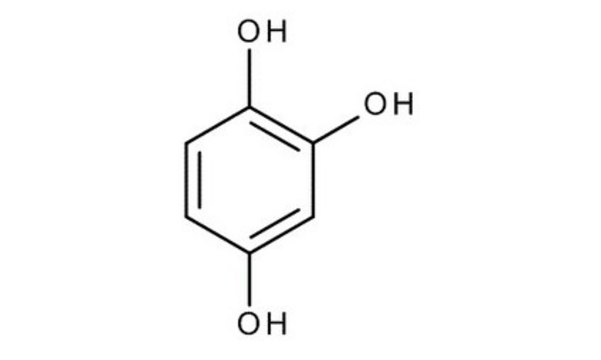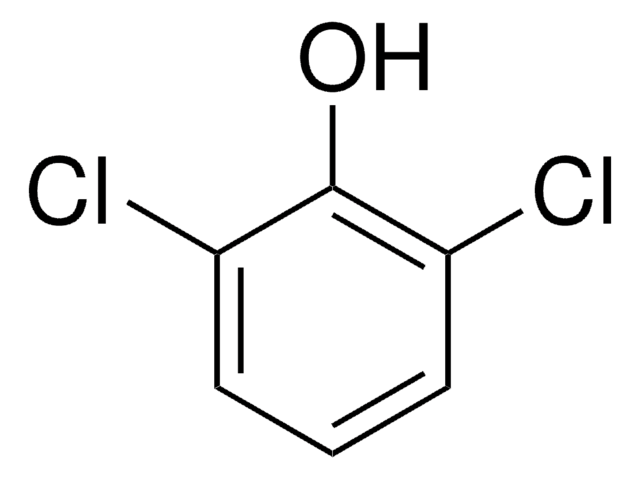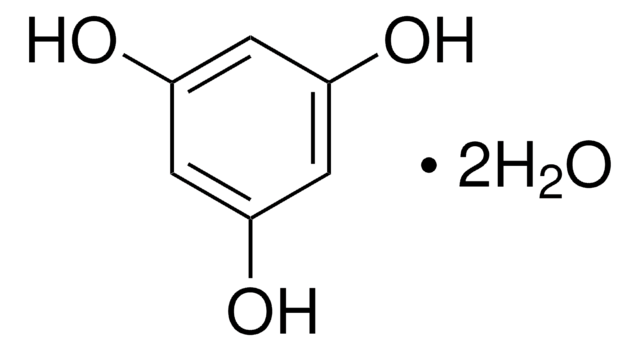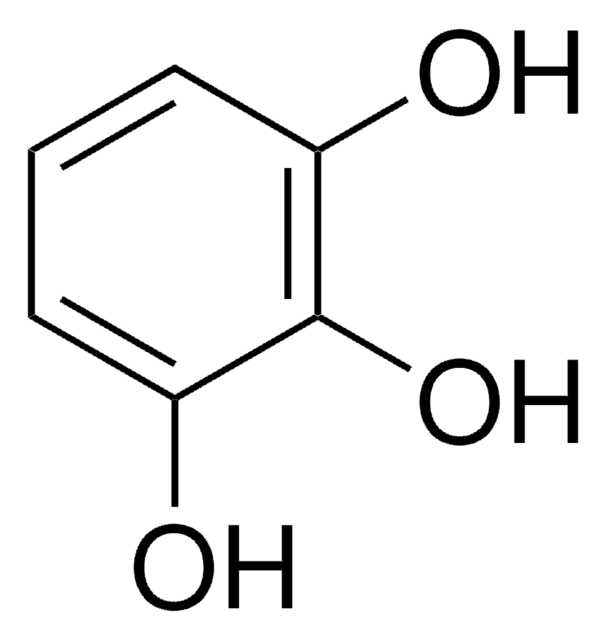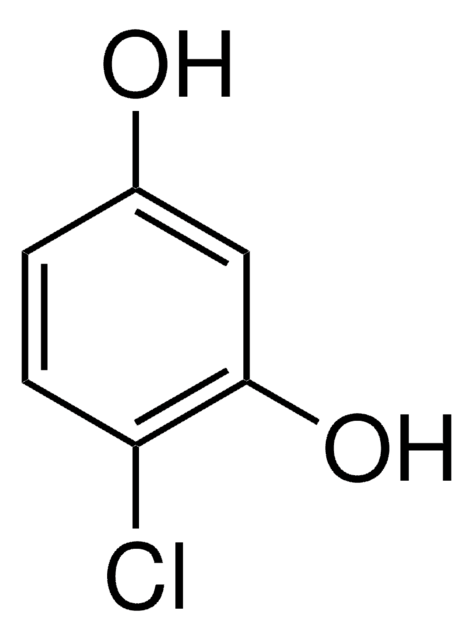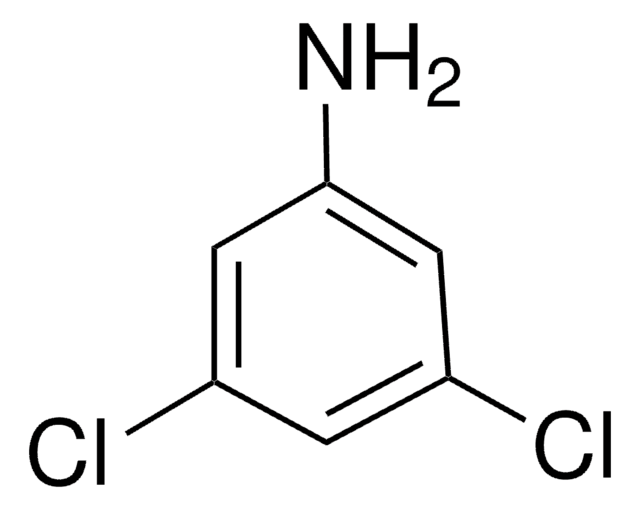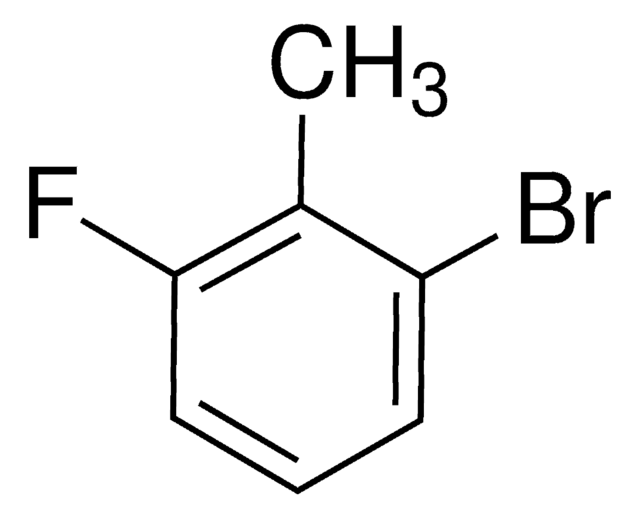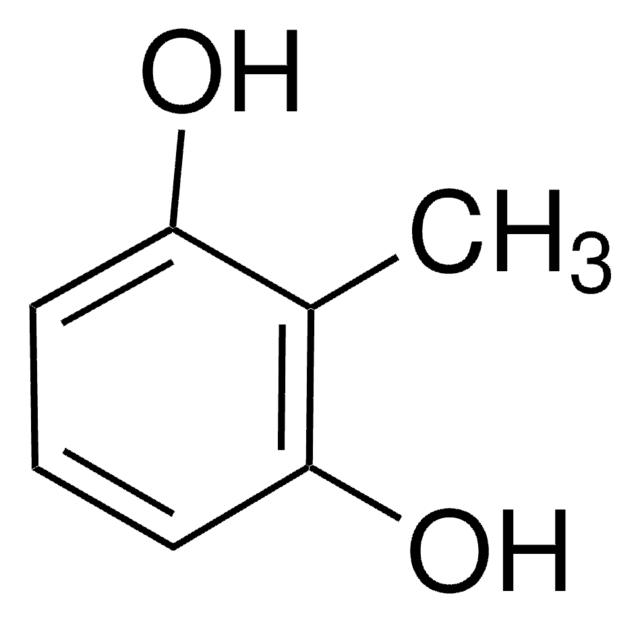173401
1,2,4-Benzenetriol
ReagentPlus®, 99%
Synonym(s):
Hydroxyhydroquinone
Sign Into View Organizational & Contract Pricing
All Photos(1)
About This Item
Linear Formula:
C6H3(OH)3
CAS Number:
Molecular Weight:
126.11
EC Number:
MDL number:
UNSPSC Code:
12162002
PubChem Substance ID:
NACRES:
NA.23
Recommended Products
Quality Level
product line
ReagentPlus®
Assay
99%
form
solid
mp
140 °C (subl.) (lit.)
SMILES string
Oc1ccc(O)c(O)c1
InChI
1S/C6H6O3/c7-4-1-2-5(8)6(9)3-4/h1-3,7-9H
InChI key
GGNQRNBDZQJCCN-UHFFFAOYSA-N
Looking for similar products? Visit Product Comparison Guide
Related Categories
General description
1,2,4-Benzenetriol is also known as hydroxyhydroquinone. It is an intermediary metabolite of benzene that is present in roasted coffee beans. It is mutagenic and it causes cleaving of DNA single strands by the generation of reactive oxygen species.
Legal Information
ReagentPlus is a registered trademark of Merck KGaA, Darmstadt, Germany
Not finding the right product?
Try our Product Selector Tool.
Signal Word
Danger
Hazard Statements
Precautionary Statements
Hazard Classifications
Acute Tox. 4 Oral - Eye Dam. 1 - Skin Irrit. 2 - STOT SE 3
Target Organs
Respiratory system
Storage Class Code
11 - Combustible Solids
WGK
WGK 3
Flash Point(F)
Not applicable
Flash Point(C)
Not applicable
Personal Protective Equipment
dust mask type N95 (US), Eyeshields, Gloves
Choose from one of the most recent versions:
Already Own This Product?
Find documentation for the products that you have recently purchased in the Document Library.
DNA breakage induced by 1, 2, 4-benzenetriol: relative contributions of oxygen-derived active species and transition metal ions
Li AS, et al.
Free Radical Biology & Medicine, 30(9), 943-956 (2001)
Generation of hydrogen peroxide from hydroxyhydroquinone and its inhibition by superoxide dismutase
Hiramoto K, et al.
Journal of Oleo Science, 50(1), 21-28 (2001)
Xun Hu et al.
Bioresource technology, 102(21), 10104-10113 (2011-09-13)
The formation of humin-type polymers and other products during exposure of glucose to methanol/water mixtures with methanol/water mass ratios from 10 to 0.22 in the presence of the acid catalyst Amberlyst 70 was investigated. In water-rich medium (methanol/water mass ratio:
Matthias Boll
Journal of molecular microbiology and biotechnology, 10(2-4), 132-142 (2006-04-29)
The high resonance energy of the benzene ring is responsible for the relative resistance of aromatic compounds to biodegradation. Nevertheless, bacteria from nearly all physiological groups have been isolated which utilize aromatic growth substrates as the sole source of cell
Ryuji Ochiai et al.
Hypertension research : official journal of the Japanese Society of Hypertension, 32(11), 969-974 (2009-08-29)
Recent studies suggest that chlorogenic acids, which are the main components of the polyphenol class in coffee, decrease blood pressure, and that hydroxyhydroquinone (HHQ), which is generated by roasting coffee beans, inhibits the antihypertensive effect of chlorogenic acids in brewed
Our team of scientists has experience in all areas of research including Life Science, Material Science, Chemical Synthesis, Chromatography, Analytical and many others.
Contact Technical Service